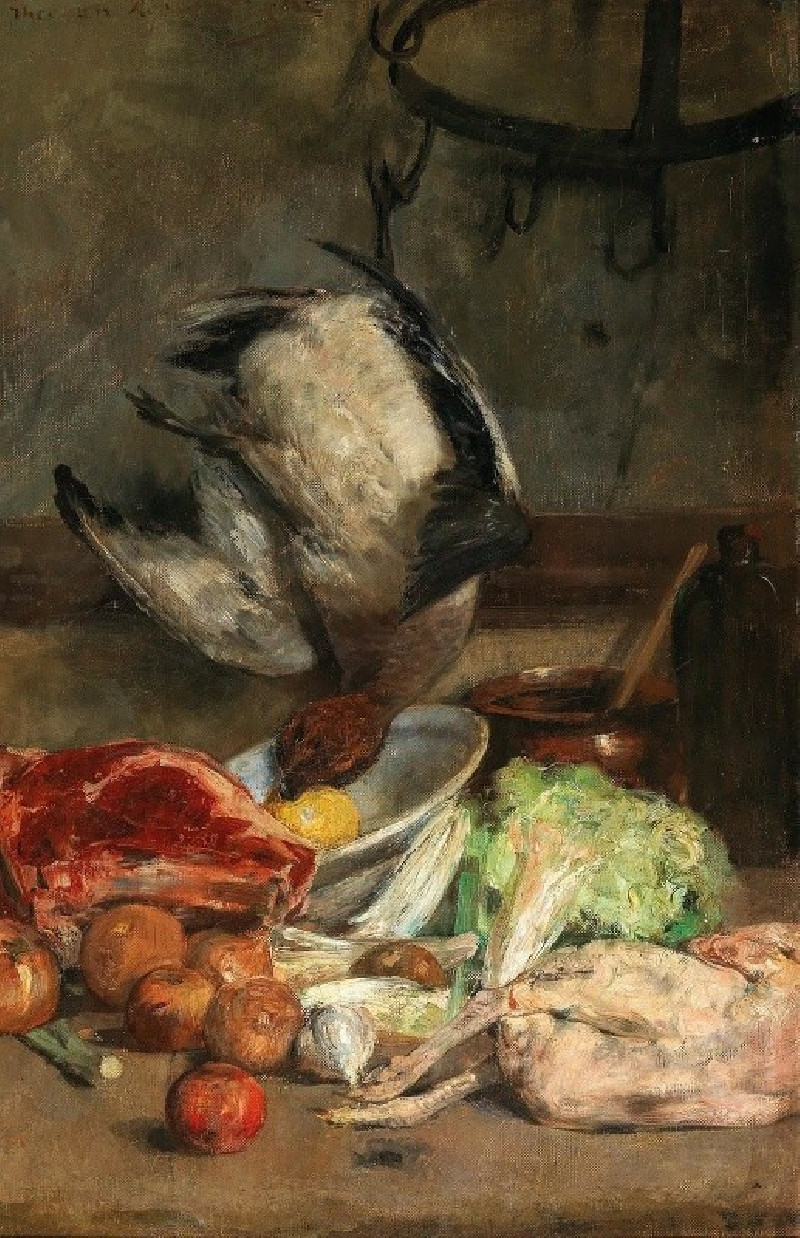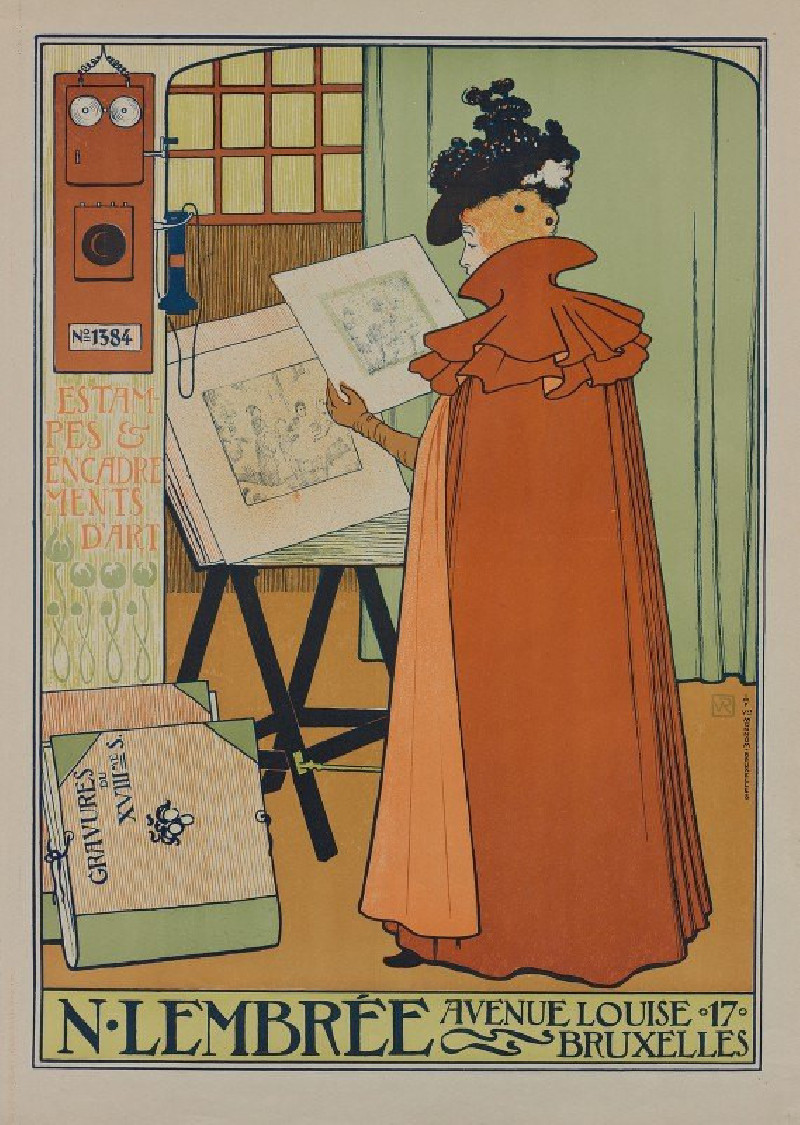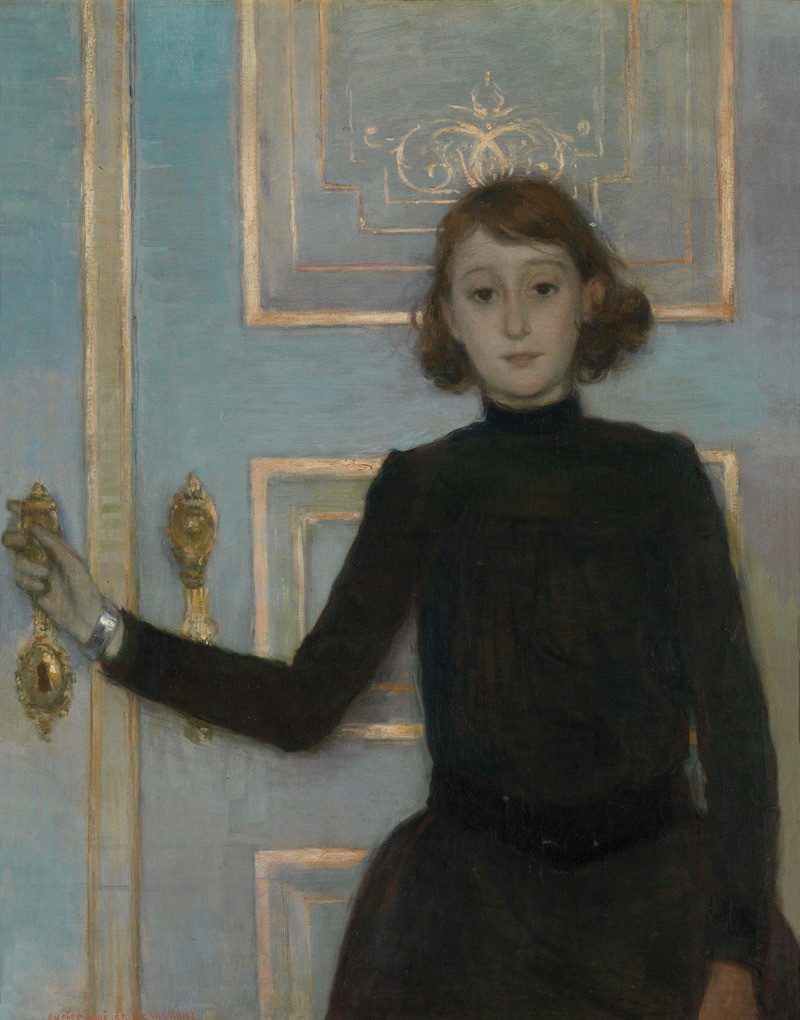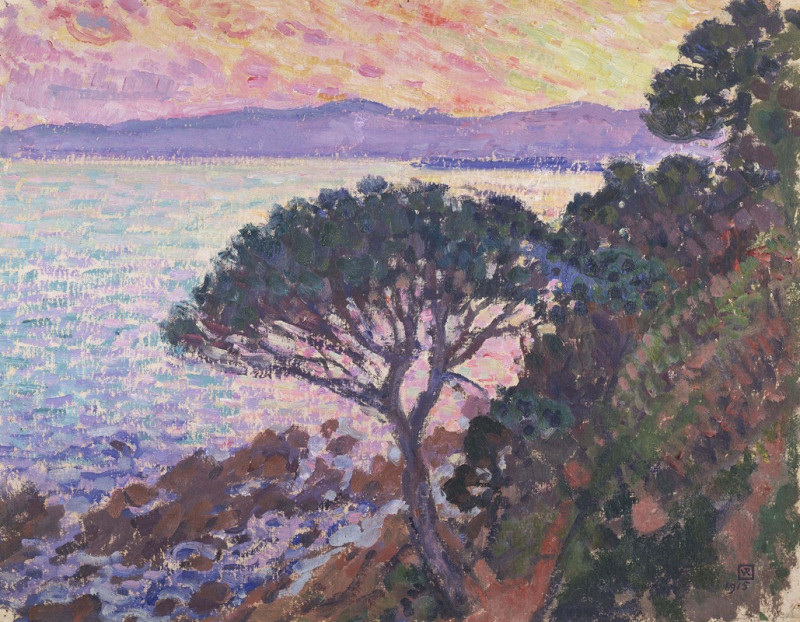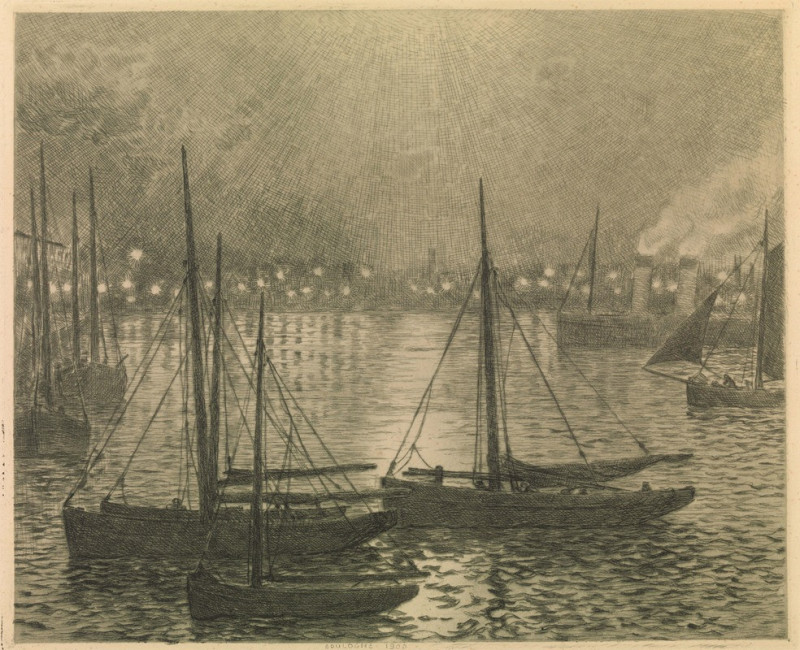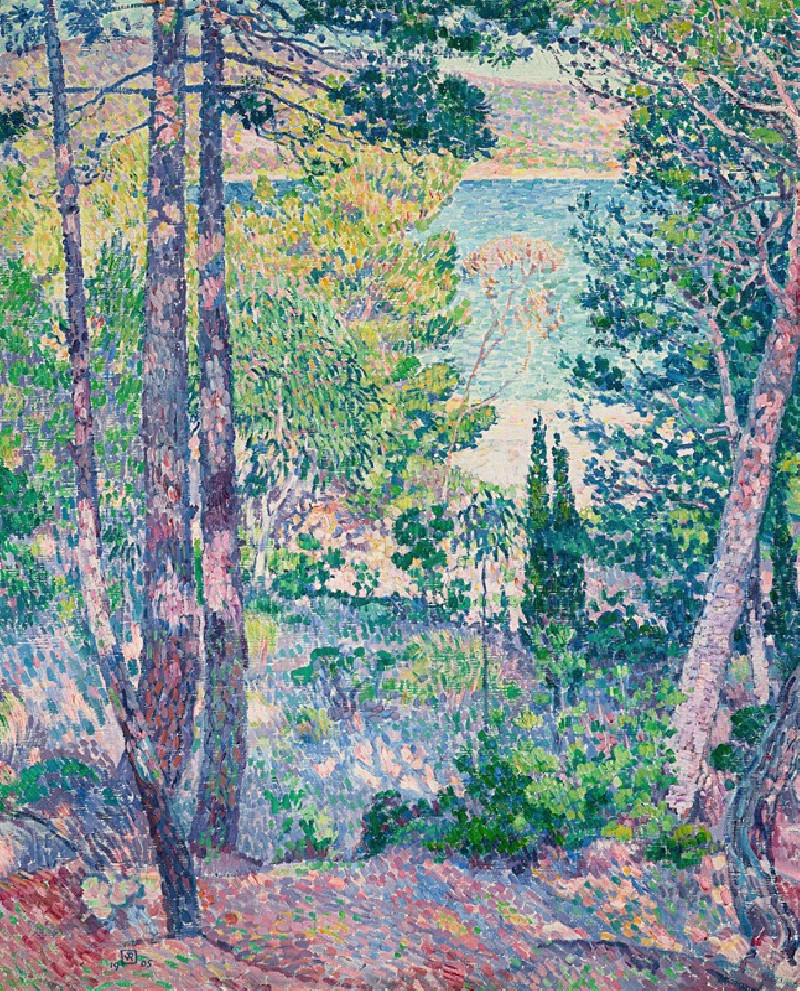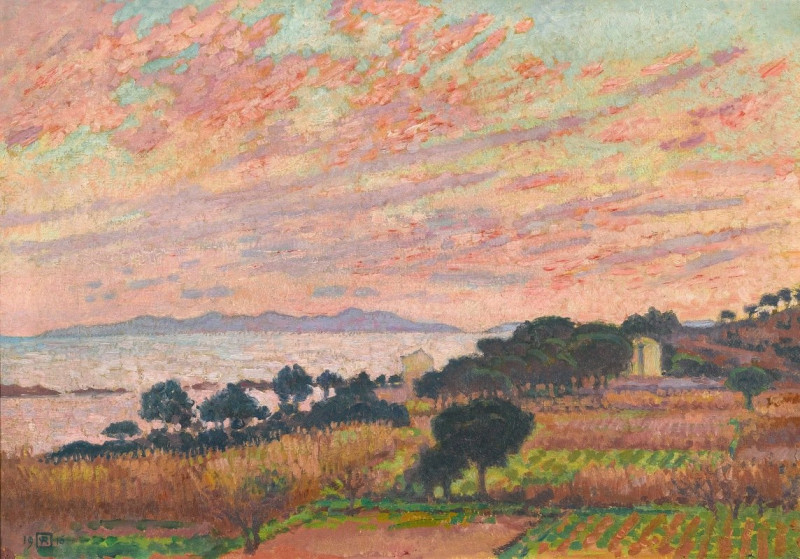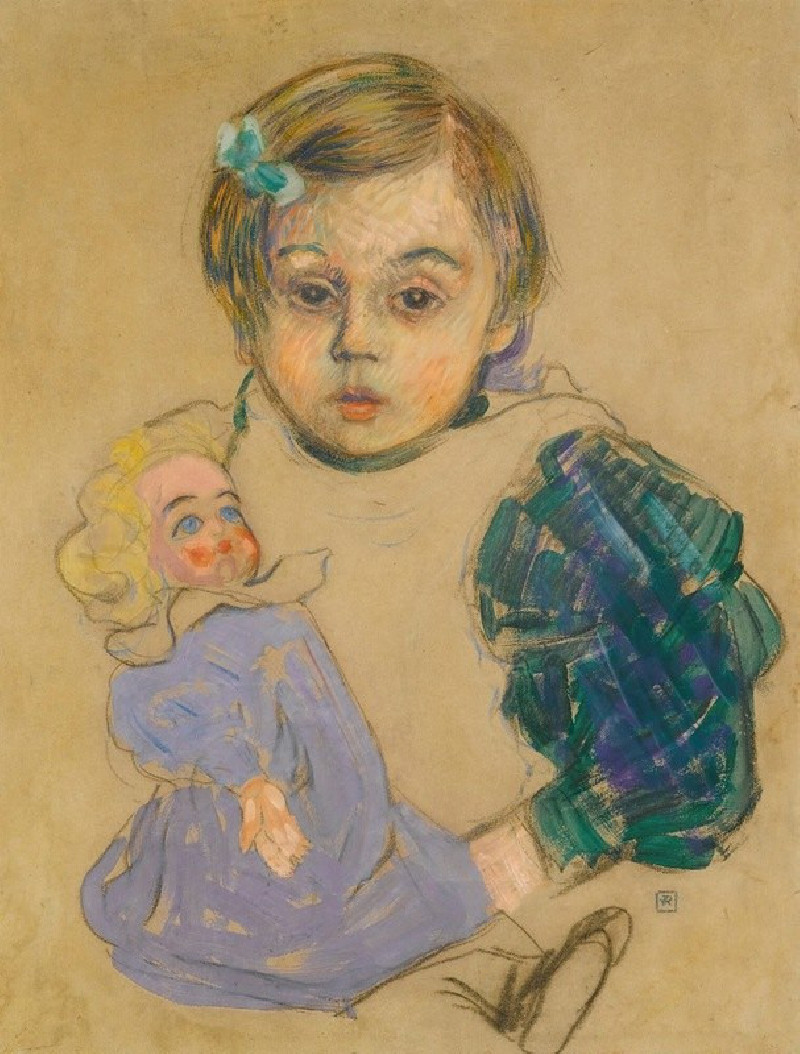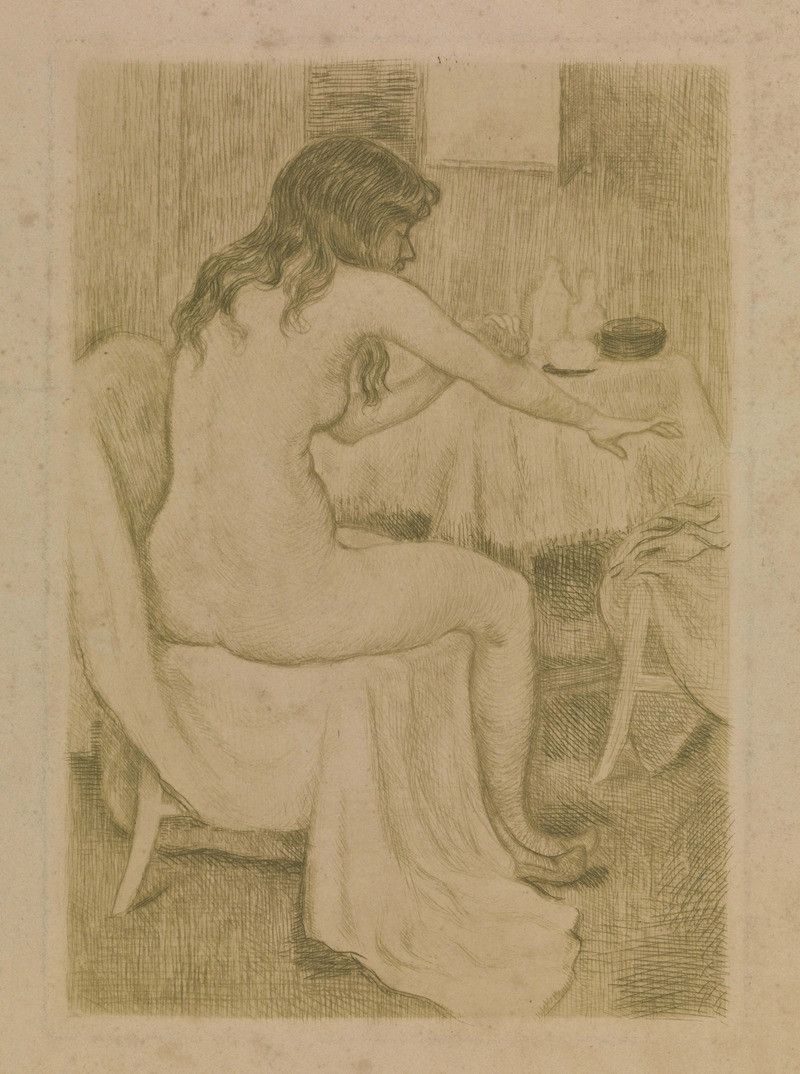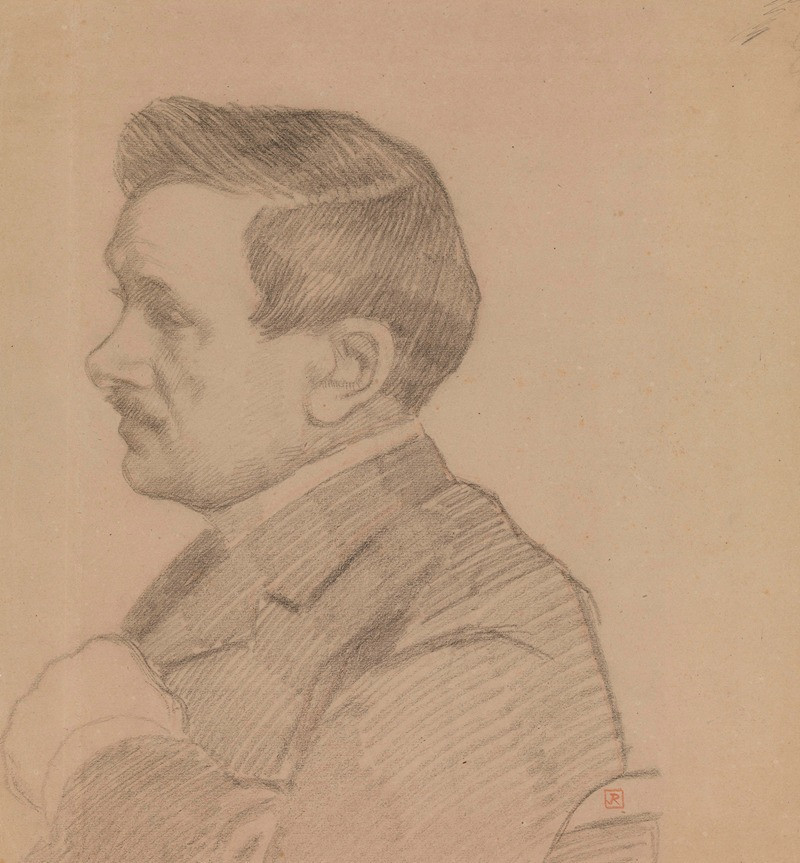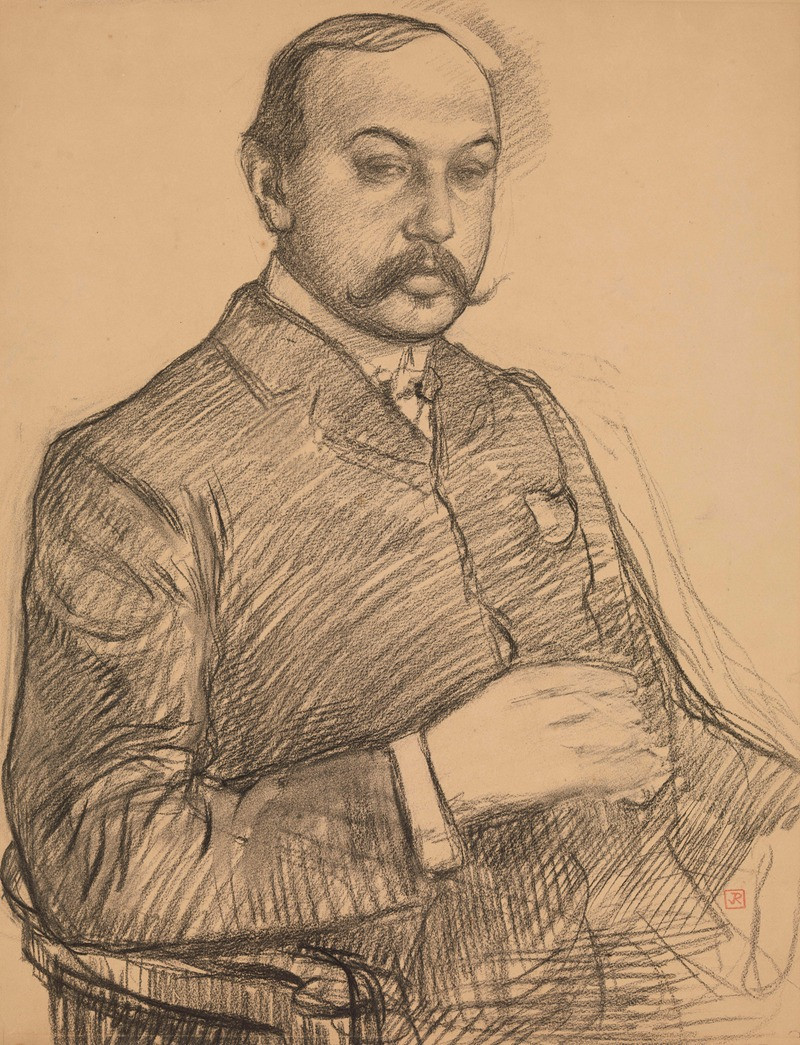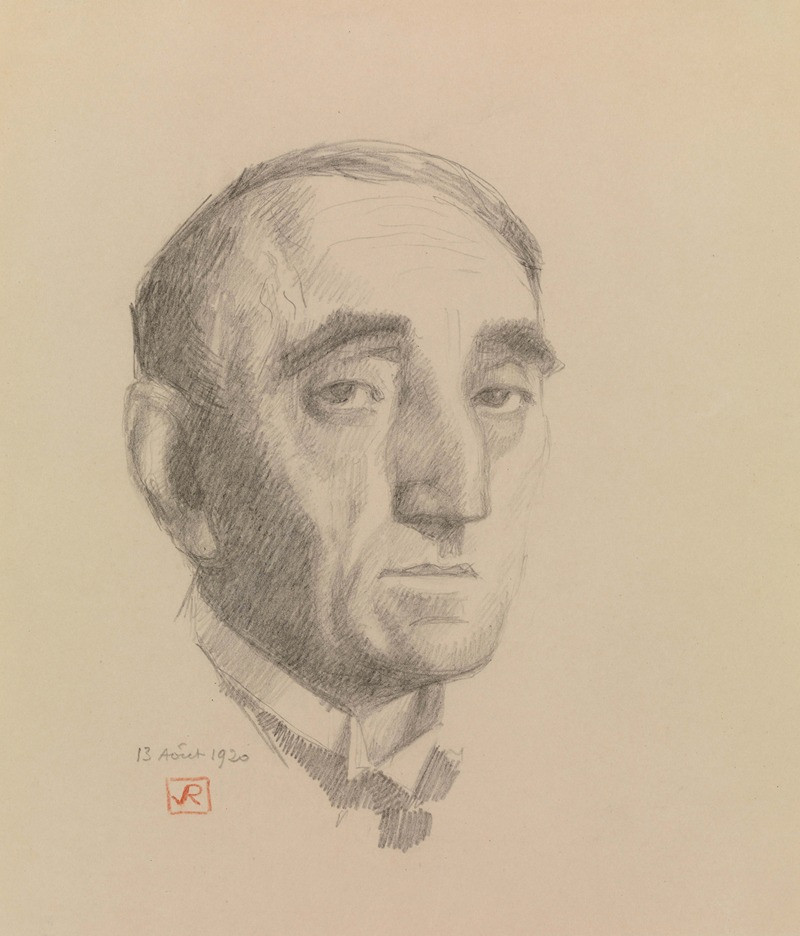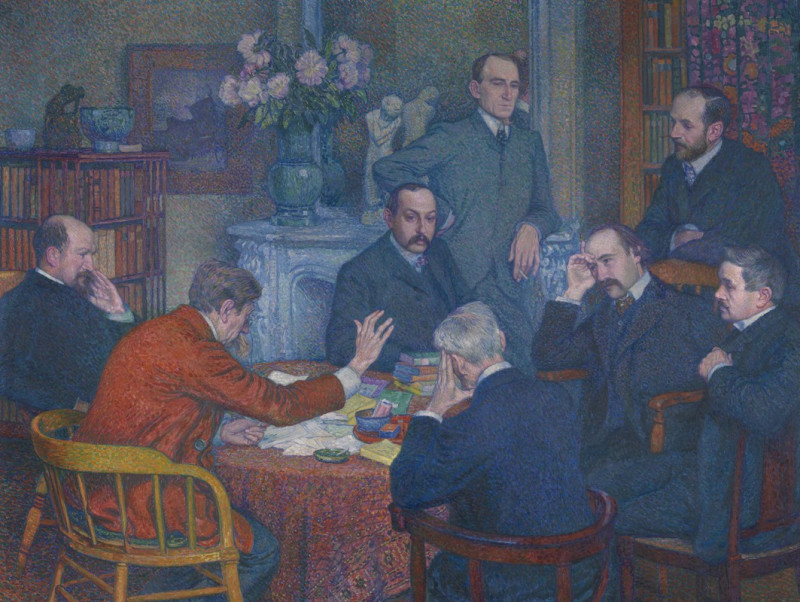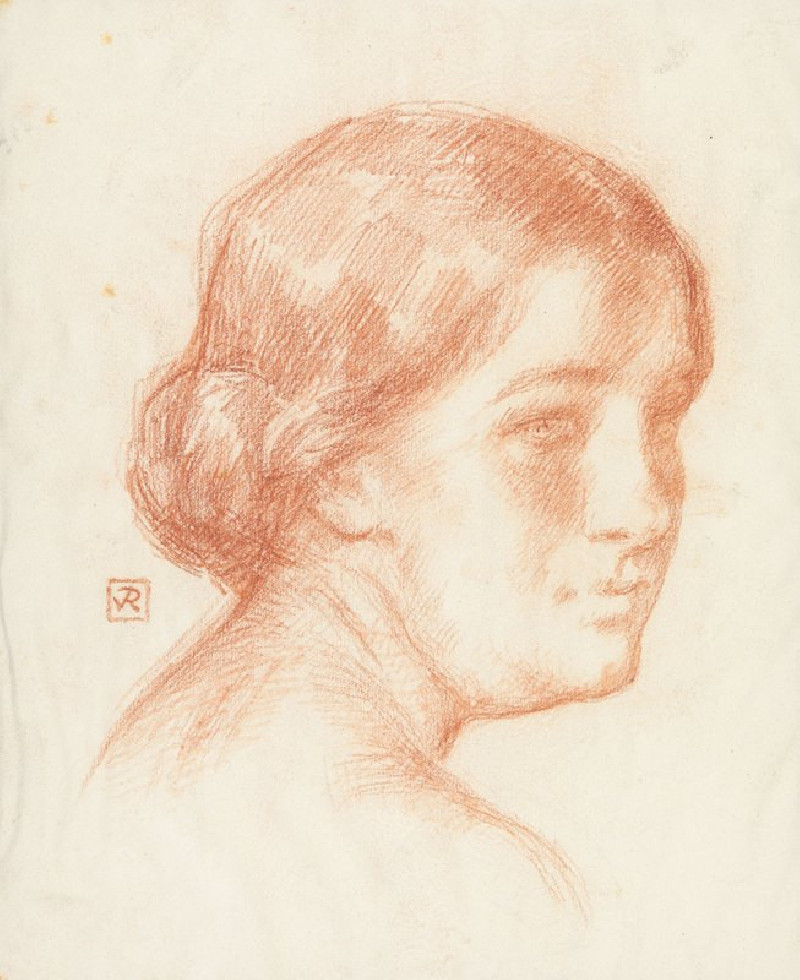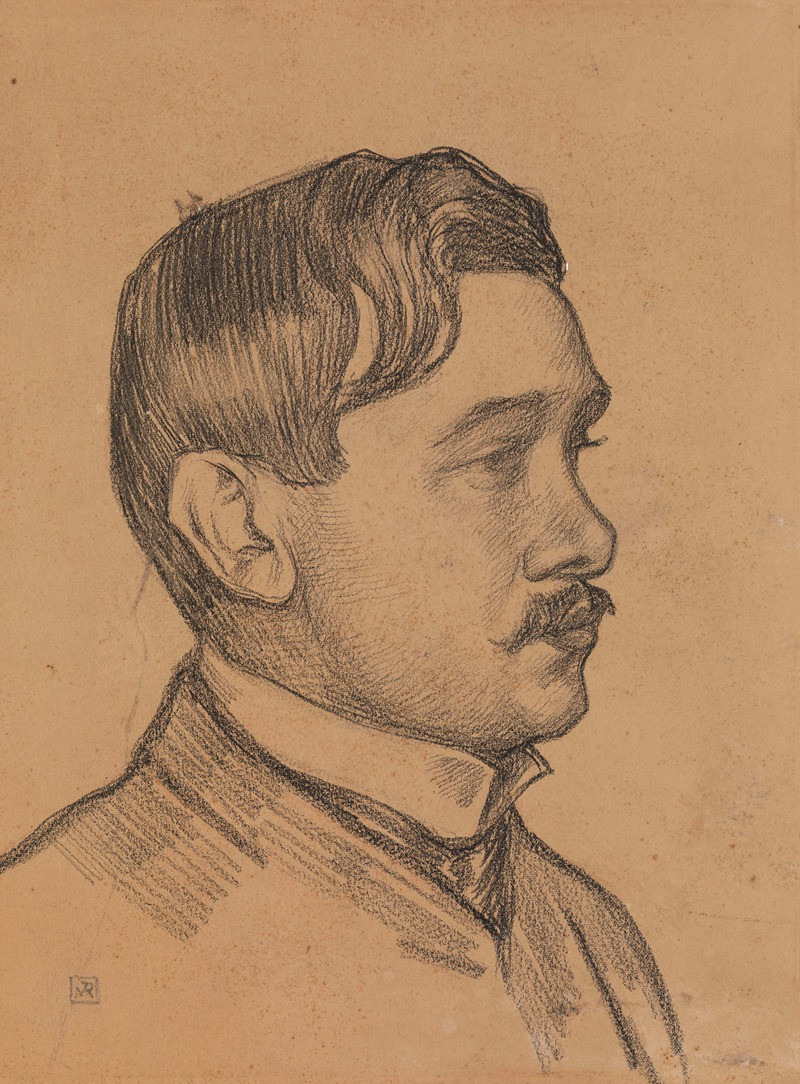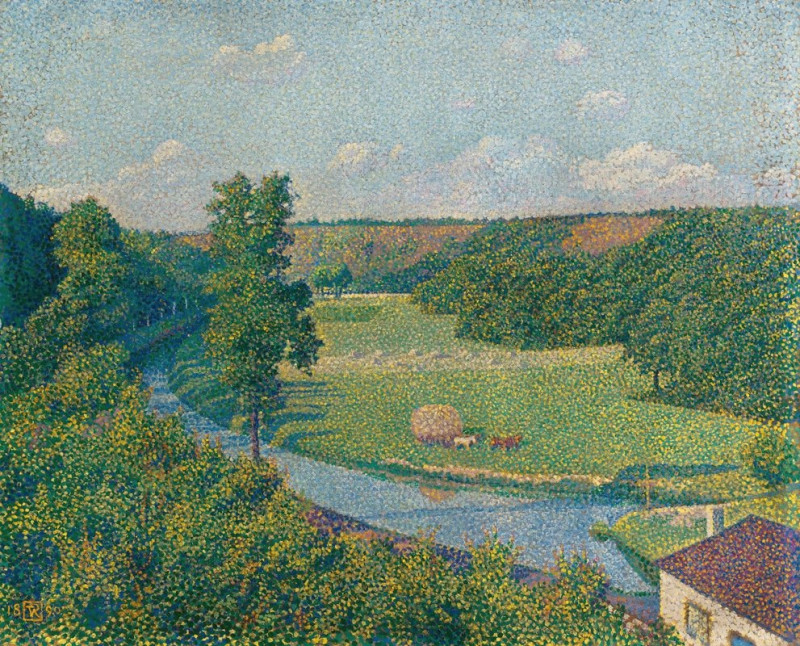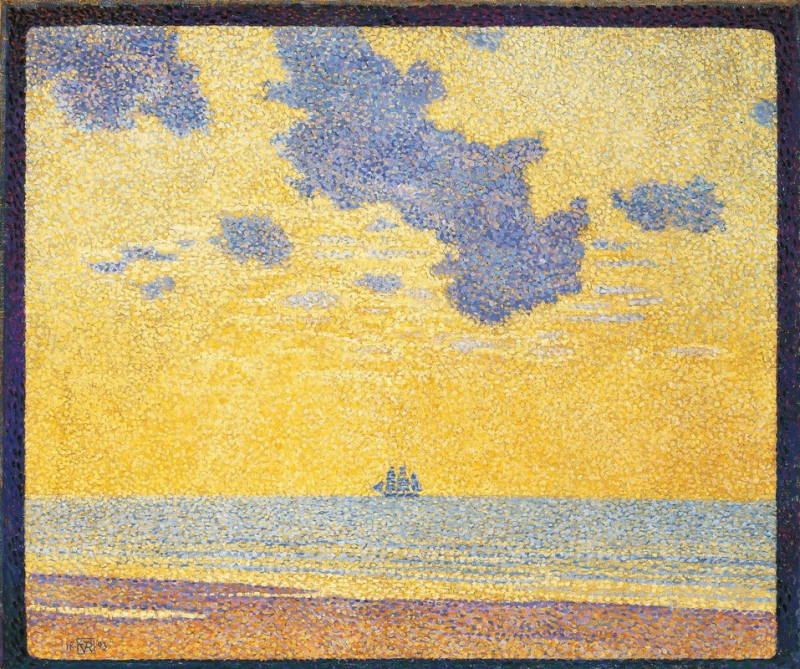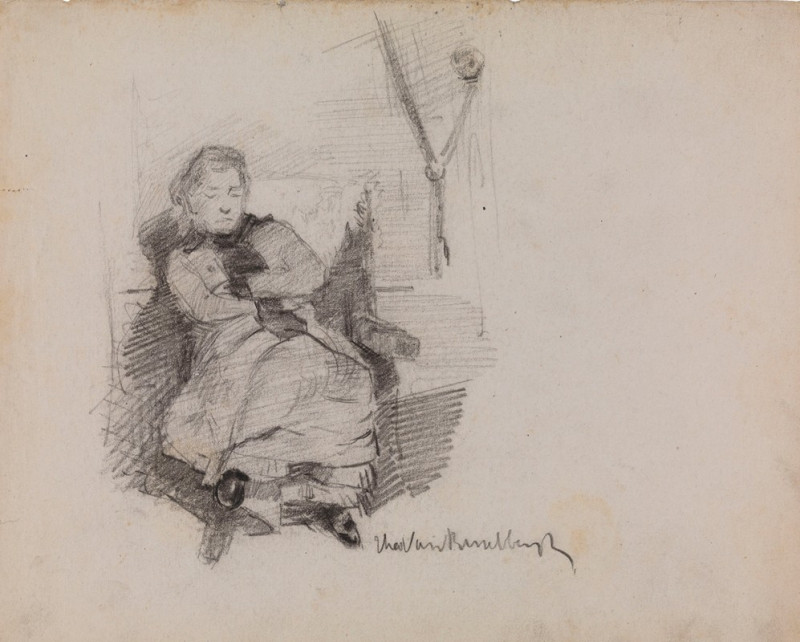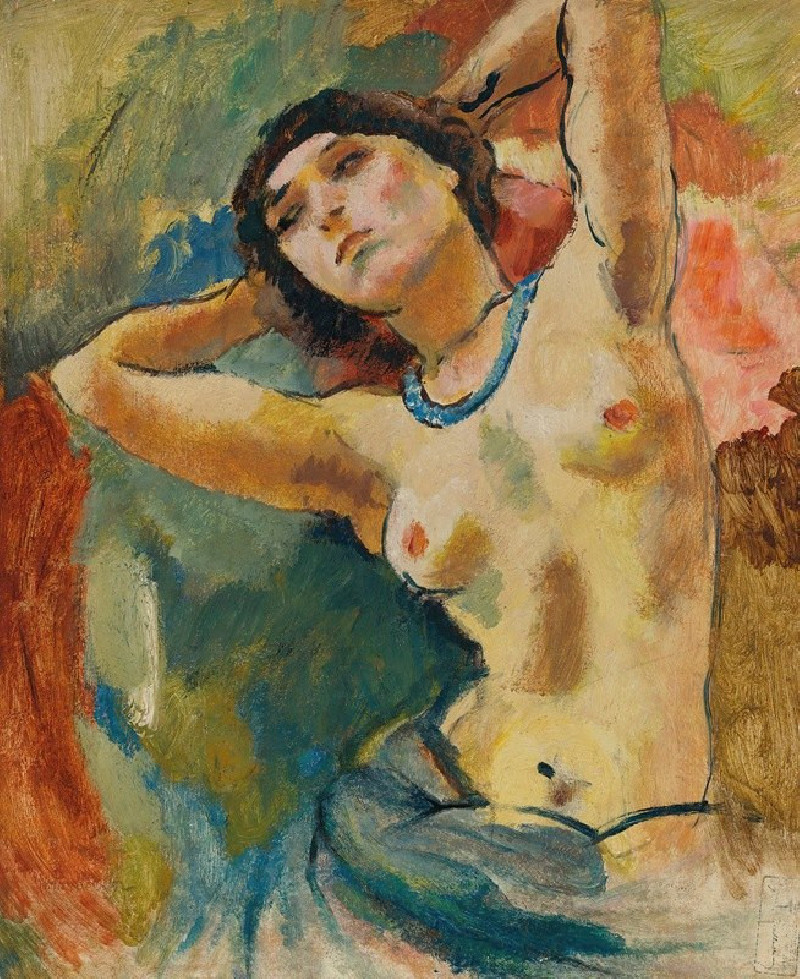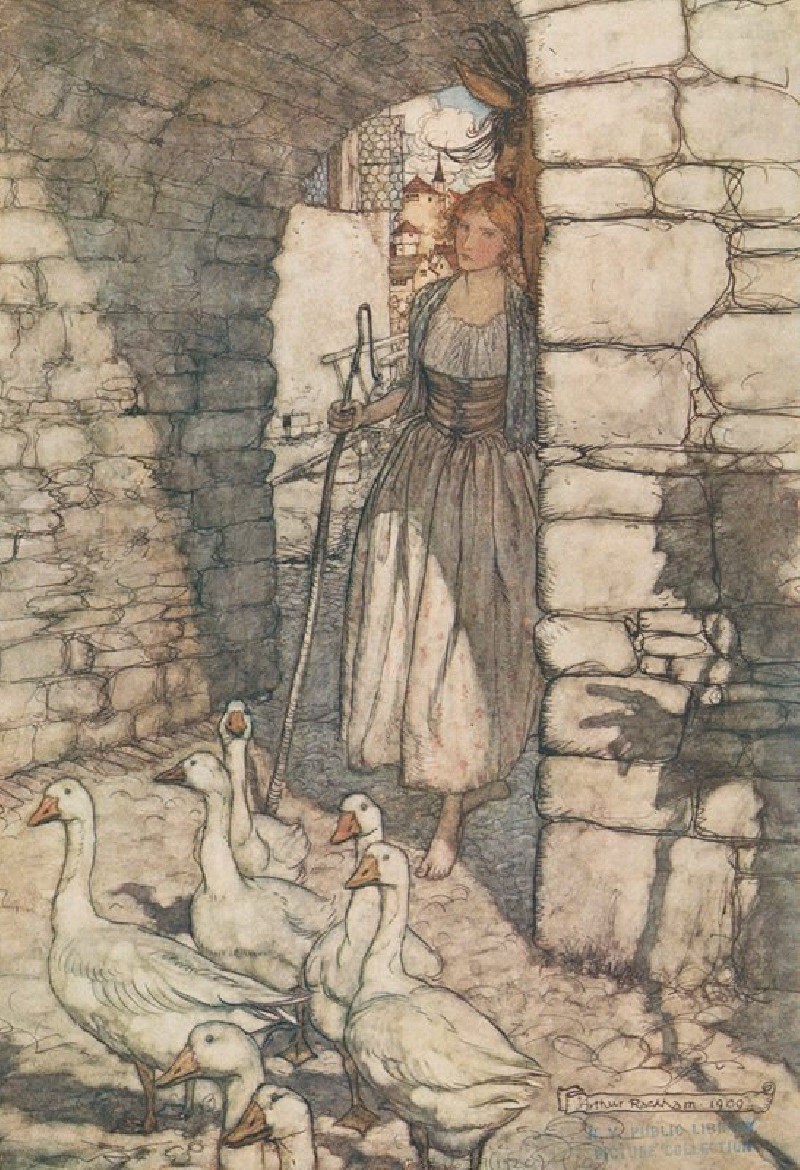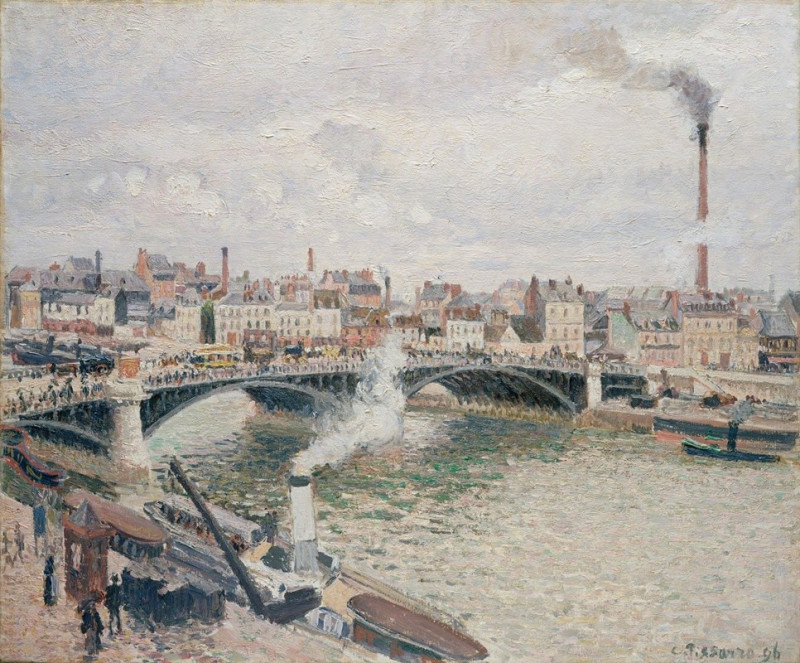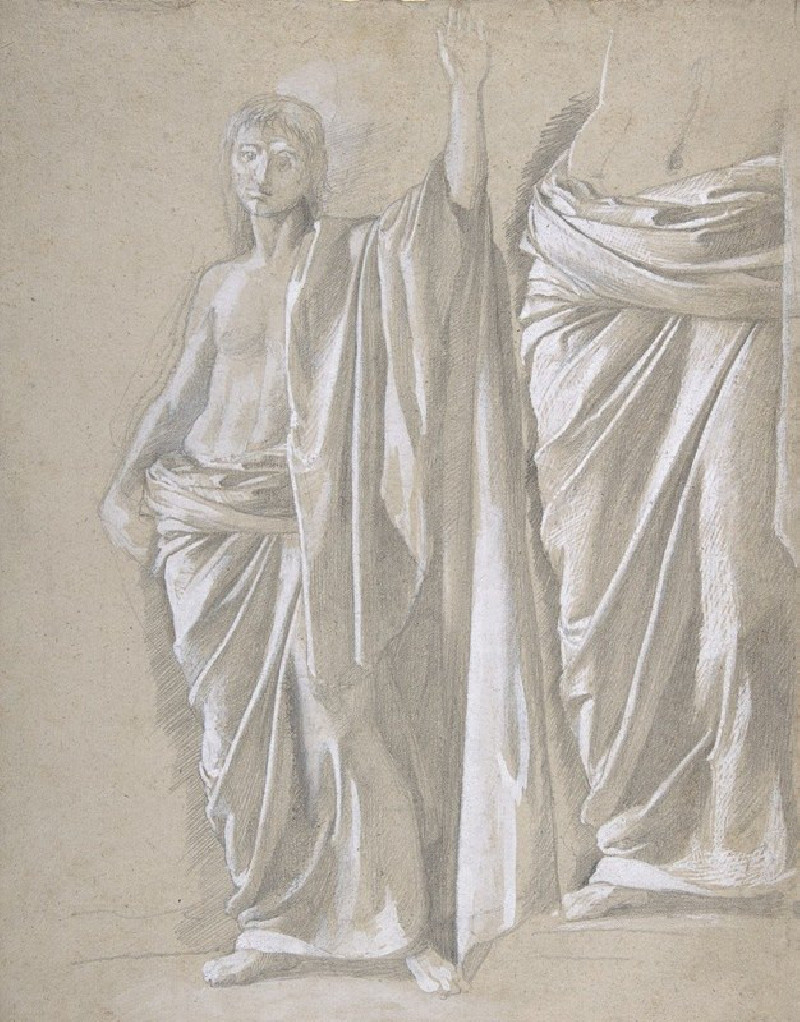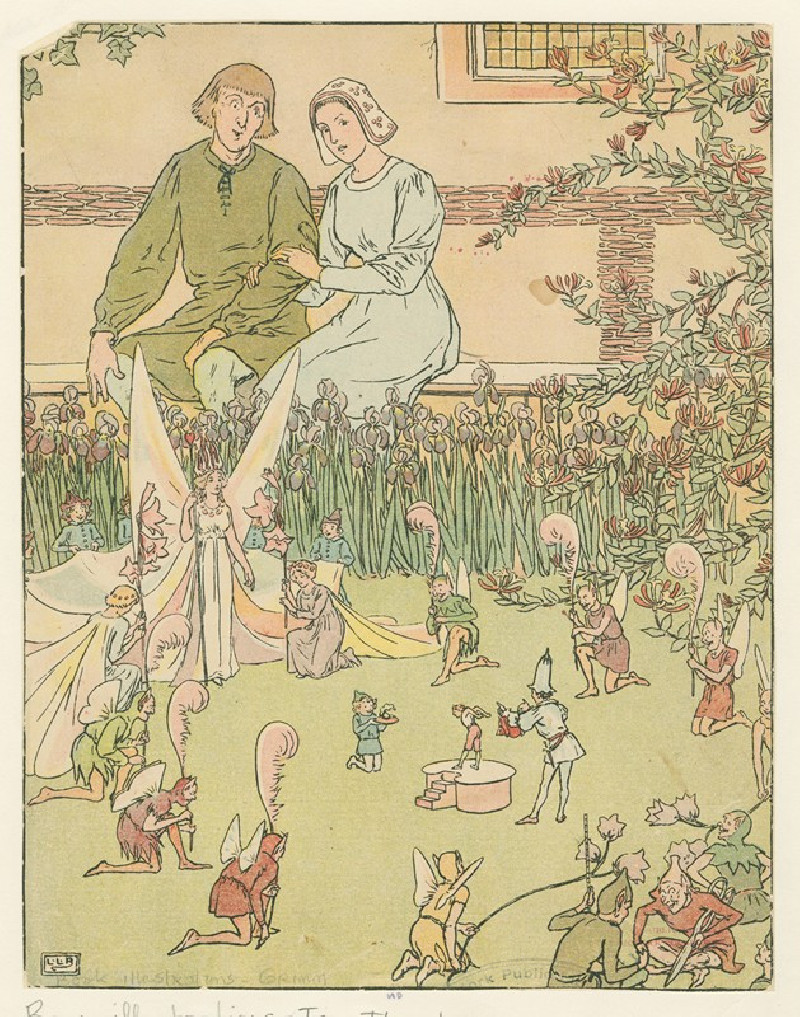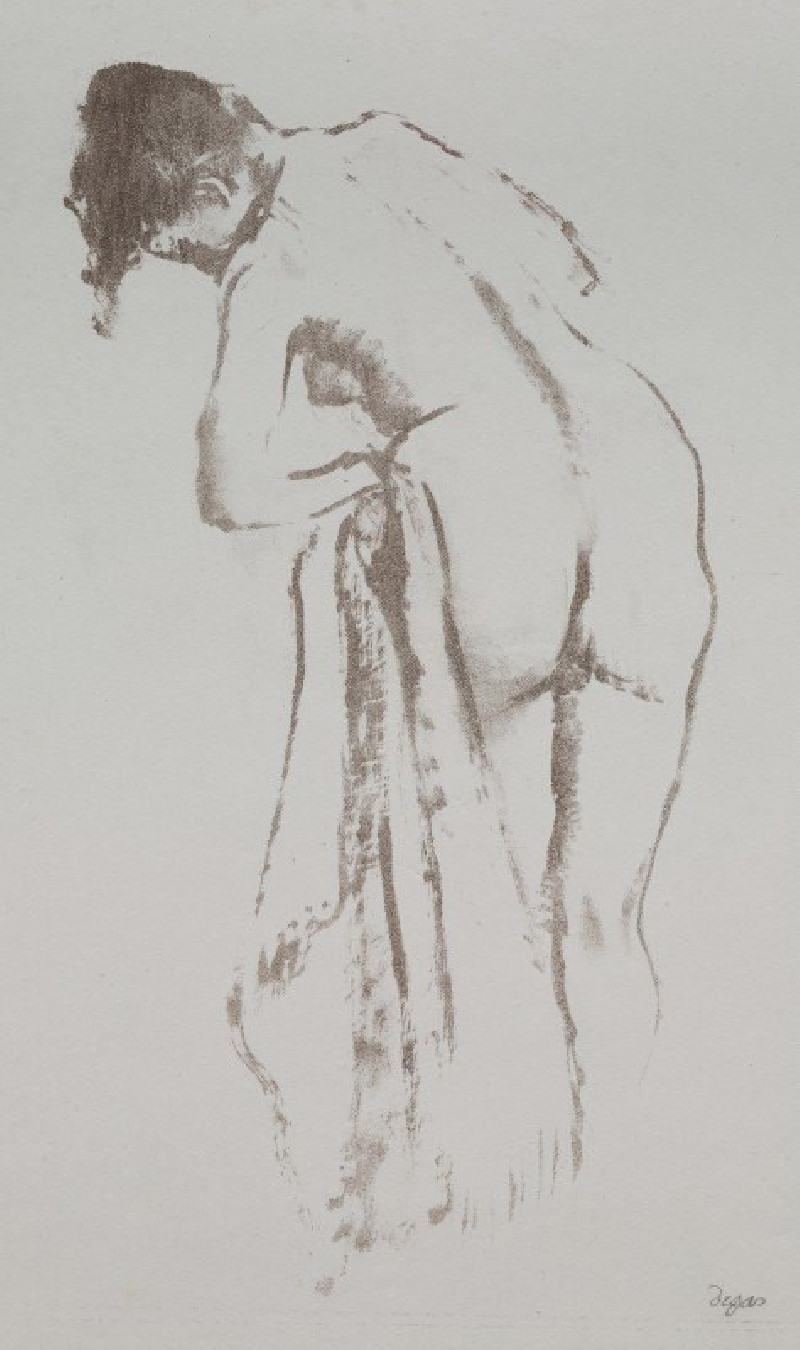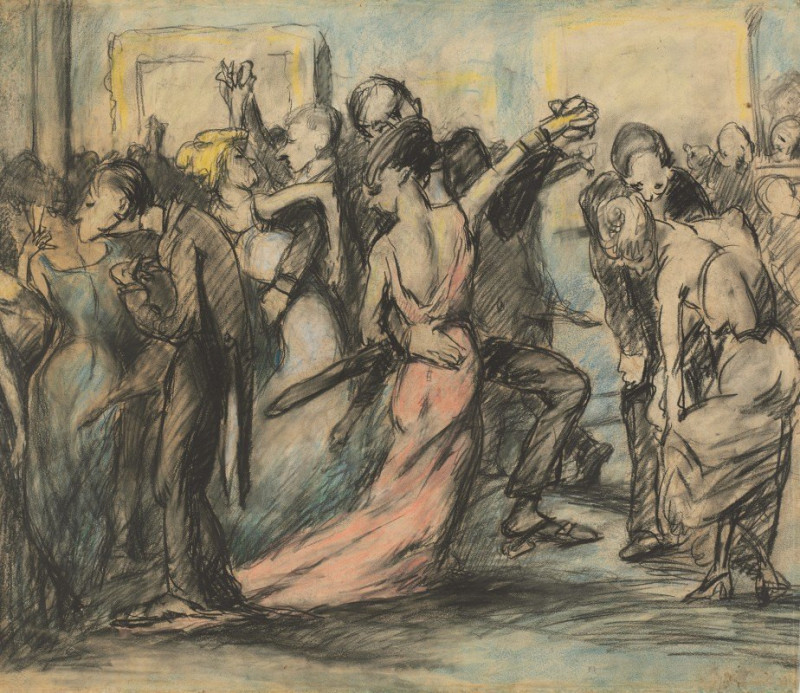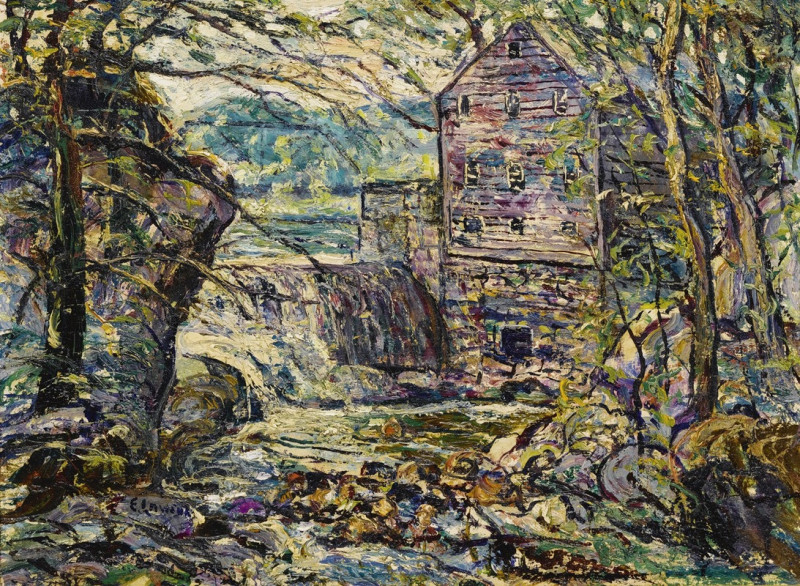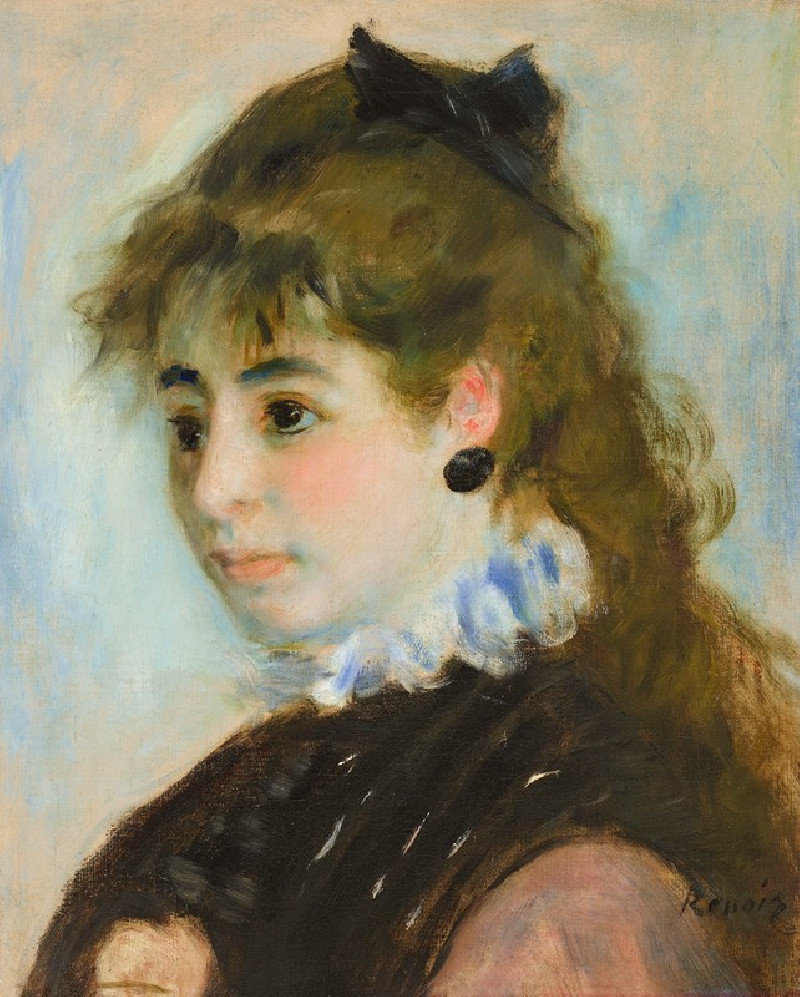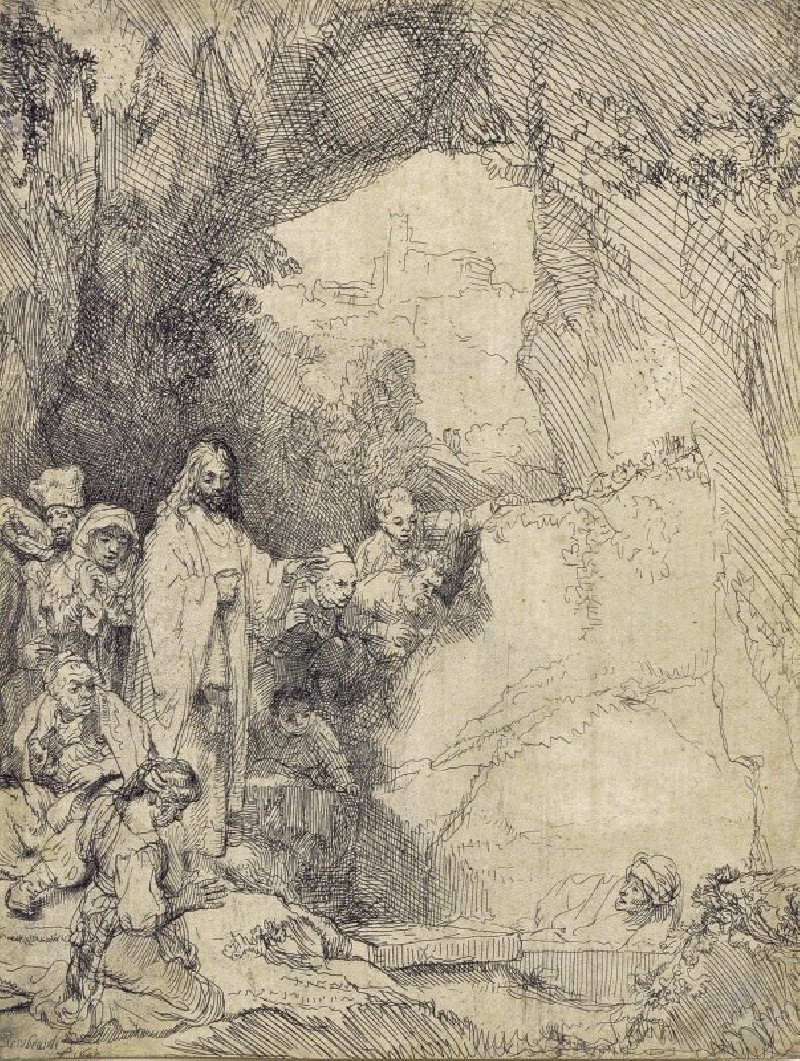Jeanne Pissarro (1895)
Technique: Giclée quality print
Recommended by our customers
More about this artwork
"Jeanne Pissarro," painted by Theo van Rysselberghe in 1895, stands out as a vibrant and texturally rich portrait that exemplifies the Neo-Impressionist technique of pointillism. This painting captures a moment of quiet contemplation, featuring Jeanne, daughter of the esteemed Impressionist painter Camille Pissarro. Viewers are given a glimpse of Jeanne's profile as she sits composed in a wicker chair, absorbed in reading.Van Rysselberghe's mastery of pointillism, where small, distinct dots of color are applied in patterns to form an image, comes to life brilliantly in this work. The technique is not just a stylistic choice but also enriches the visual impact of the painting. The dotted strokes create a vivacious texture that enhances the shimmering quality of light around the figure.The artist employs a lush palette dominated by greens, whites, and yellows, reflecting the light and shade dynamics that change with the intricate play of foliage and fabric. The large white hat adorned with floral decor not only frames Jeanne's youthful face but also serves as a focal point of the composition, guiding the viewer through the texture-driven backdrop.
Delivery
Returns
Théophile "Théo" van Rysselberghe was a Belgian neo-impressionist painter, who played a pivotal role in the European art scene at the turn of the twentieth century.
Born in Ghent to a French-speaking bourgeois family, he studied first at the Academy of Ghent under Theo Canneel and from 1879 at the Académie Royale des Beaux-Arts in Brussels under the directorship of Jean-François Portaels.


